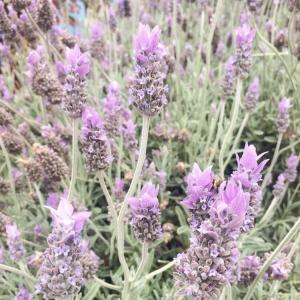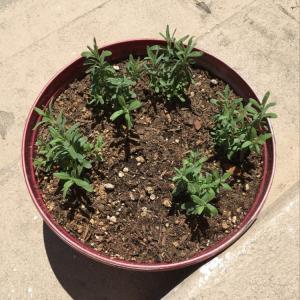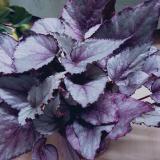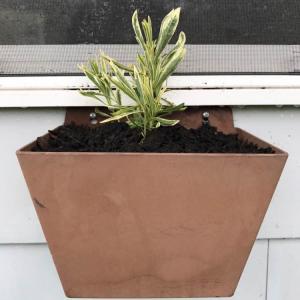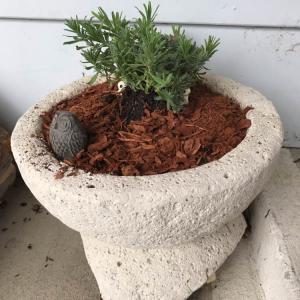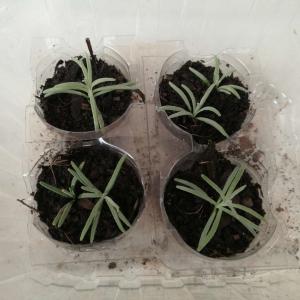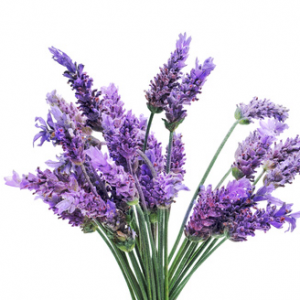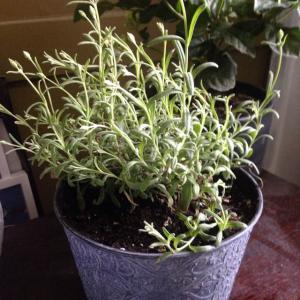deerod96
2017年05月02日

#Lavender lady progress! This picture shows it at 3 weeks since being planted.


1
0
文章
Joss
2017年02月20日

Lavender blooms in many parts of the world , and there are few #flowers that are more cherished for romance, scent and form. What most gardeners don’t realize is that lavender is easy to grow and maintain, and can make a splash in your flower beds, add an old world touch to your flower gardens, or can have an entire garden design based around it, whether your style is modern, or old world. You can use the flowers for craft projects, aromatherapy, or even a relaxing tea! You don’t have to have a generous field of lavender in Provence to enjoy and appreciate all it can do for your garden. The featured photo above is from a recent trip to Vashon Island, WA. Simply gorgeous! Here are seven easy tips for growing lavender in any garden space!

1. Lavender needs one thing to grow well…good drainage. This is all fine and good if you have a naturally sandy or gravelly soil in your yard, but pretty problematic if your entire garden is pure clay! The solution? You can either grow your lavender in raised beds with good soil, or you can use containers. Regular planting mix is fine, just make sure there are plenty of drainage holes. If your lavender is yellowing, first thing to check is drainage.
2. Lavender is drought tolerant once established, but they do bloom better if they are watered as soon as the soil becomes dry one inch down.
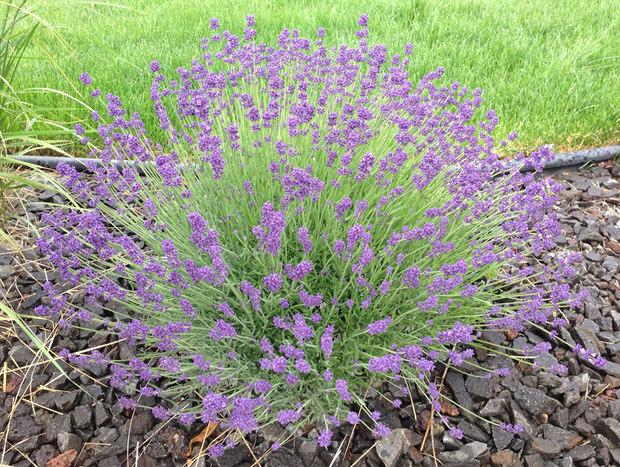
3. Lavender are short lived plants by nature. If they are happy in their spot, they will last a bit longer, but even under the best conditions, three years is not unusual for a plant to start dying out in the center. Here’s the up side of that. Lavender volunteers show up each year in droves, so there are always new plants ready to take over the ones that have passed their prime!
4. Lavender does not need much in the way of fertilizer, making them great low maintenance plants. Give them a dose of liquid fertilizer in the spring, then leave them alone, Too much fertilizer will produce plants that are large and spindly, with fewer flowers.

5. Early each spring, make sure you cut your lavender back, and don’t be a baby about it! Cut back most lavender to one third their height to rejuvenate the plant, and make sure your plant is flowering at it’s best.
6. Lavender blooms in early to mid summer, but may be convinced to re-bloom in later summer or fall. After the first flush of bloom has been harvested or died back, use scissors or shear to give the plant a light hair cut. Give it a dose of half strength liquid fertilizer, and leave it be. Chances are you will see more lavender later in the season!
7. To harvest lavender flowers, it’s best to cut them in bunches with long stems. Choosing to cut them in early morning maximizes the oils in the flowers, which gives them the best scent. You can use them fresh in vases with other cut flowers, or easily dry bunches by tying the ends together and hanging them upside down in a protected place. Dried lavender retains much of its scent and can be used in drawers, crafts or as decorative additions to wreaths or flower arrangements.
Note: Lavender is thought to help induce sleep and relaxation, either made into a tea, or tucked into pillow cases. You can even throw a sachet of lavender through the dryer with your sheets and towels for a natural scent to your laundry!
How to Make Lavender Dryer Sachets
Lavender is easy to grow, easy to find at most nurseries, and can be found in purples, blues, roses and whites. You can choose from hardy English lavender, larger French lavender that is the form you see in photos of the French countryside, or special Spanish lavender. Keep in mind that Spanish lavender, with its flower heads that remind me of butterflies, are great in containers, but are less hardy than its cousins.

Spanish Lavender
Grow lavender. Even if the only use you ever find for it is picking flowers and foliage as you pass by, and taking the time to smell that wonderful scent, fresh from your own garden.

1. Lavender needs one thing to grow well…good drainage. This is all fine and good if you have a naturally sandy or gravelly soil in your yard, but pretty problematic if your entire garden is pure clay! The solution? You can either grow your lavender in raised beds with good soil, or you can use containers. Regular planting mix is fine, just make sure there are plenty of drainage holes. If your lavender is yellowing, first thing to check is drainage.
2. Lavender is drought tolerant once established, but they do bloom better if they are watered as soon as the soil becomes dry one inch down.

3. Lavender are short lived plants by nature. If they are happy in their spot, they will last a bit longer, but even under the best conditions, three years is not unusual for a plant to start dying out in the center. Here’s the up side of that. Lavender volunteers show up each year in droves, so there are always new plants ready to take over the ones that have passed their prime!
4. Lavender does not need much in the way of fertilizer, making them great low maintenance plants. Give them a dose of liquid fertilizer in the spring, then leave them alone, Too much fertilizer will produce plants that are large and spindly, with fewer flowers.

5. Early each spring, make sure you cut your lavender back, and don’t be a baby about it! Cut back most lavender to one third their height to rejuvenate the plant, and make sure your plant is flowering at it’s best.
6. Lavender blooms in early to mid summer, but may be convinced to re-bloom in later summer or fall. After the first flush of bloom has been harvested or died back, use scissors or shear to give the plant a light hair cut. Give it a dose of half strength liquid fertilizer, and leave it be. Chances are you will see more lavender later in the season!
7. To harvest lavender flowers, it’s best to cut them in bunches with long stems. Choosing to cut them in early morning maximizes the oils in the flowers, which gives them the best scent. You can use them fresh in vases with other cut flowers, or easily dry bunches by tying the ends together and hanging them upside down in a protected place. Dried lavender retains much of its scent and can be used in drawers, crafts or as decorative additions to wreaths or flower arrangements.
Note: Lavender is thought to help induce sleep and relaxation, either made into a tea, or tucked into pillow cases. You can even throw a sachet of lavender through the dryer with your sheets and towels for a natural scent to your laundry!
How to Make Lavender Dryer Sachets
Lavender is easy to grow, easy to find at most nurseries, and can be found in purples, blues, roses and whites. You can choose from hardy English lavender, larger French lavender that is the form you see in photos of the French countryside, or special Spanish lavender. Keep in mind that Spanish lavender, with its flower heads that remind me of butterflies, are great in containers, but are less hardy than its cousins.

Spanish Lavender
Grow lavender. Even if the only use you ever find for it is picking flowers and foliage as you pass by, and taking the time to smell that wonderful scent, fresh from your own garden.
2
2



